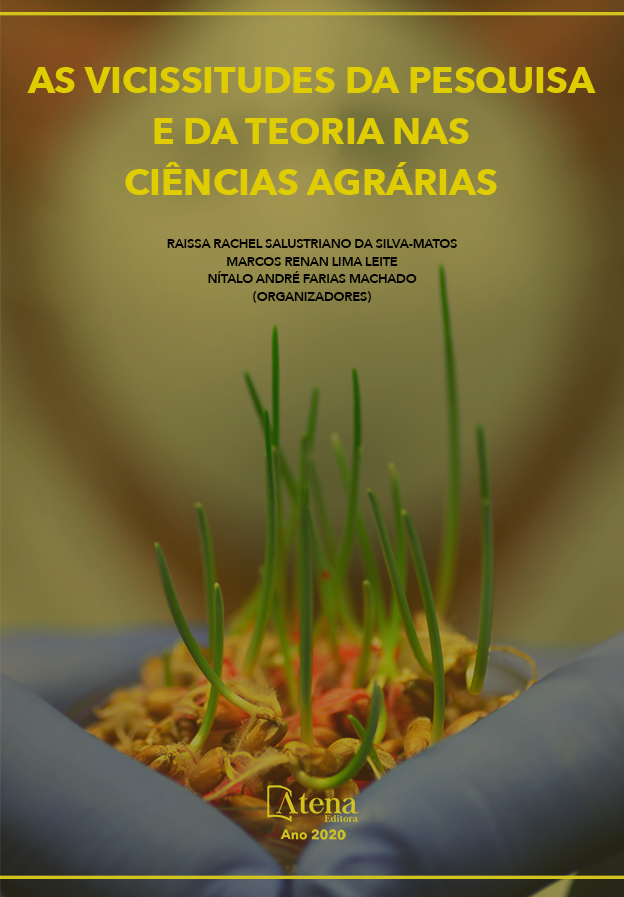
AVALIAÇÃO DAS PERDAS DE GRÃOS NA CULTURA DA CANOLA (Brassica napus) EM UMA PROPRIEDADE RURAL, NO MUNICÍPIO DE TUPARENDI - RS, 2018
A busca constante pela maior produtividade das lavouras Brasileiras, justifica os investimentos em horas de pesquisa e, consequentemente, o desenvolvimento de materiais genéticos de melhor qualidade. É com relação a produtividade que salientamos a necessidade de contenção das perdas de colheita, uma vez que os investimentos nos cultivos são elevados e as perdas significam lucros menores nas safras. O trabalho buscou avaliar as perdas de grãos na cultura da canola em uma propriedade rural do município de Tuparendi-RS no ano de 2018. Para tanto, se utilizou o método quali-quantitativo, procedimento experimental e estatístico, a coleta de dados por meio da observação direta intensiva e a análise estatística. Conforme os resultados, a necessidade de observar a umidade na hora da colheita é um importante fator, visto que, quando muito seca, ocorre a debulha das síliquas, ocasionando maiores perdas. O peso de mil grãos obtidos pela pesagem foi de 3,75g. As amostras coletadas ficaram com uma média de 13g, variando muito conforme o local de amostragem realizada, ficando entre 9g e 17g. Portanto, a média de perdas foi de 21,66 Kg ha-1, representando 43,7% do potencial produtivo, o que se confirma com resultados obtidos em outros estudos.
AVALIAÇÃO DAS PERDAS DE GRÃOS NA CULTURA DA CANOLA (Brassica napus) EM UMA PROPRIEDADE RURAL, NO MUNICÍPIO DE TUPARENDI - RS, 2018
-
DOI: 10.22533/at.ed.5252004112
-
Palavras-chave: Canola. Colheita. Produtividade. Perdas.
-
Keywords: Canola. Harvest. Productivity. Losses.
-
Abstract:
The constant search for greater productivity in Brazilian crops justifies investments in hours of research and, consequently, the development of better quality genetic materials. It is in terms of productivity that we emphasize the need to contain crop losses, since investments in crops are high and losses mean lower profits in crops. The work sought to evaluate the loss of grains in the culture of canola in a rural property on the town of Tuparendi-RS in the year of 2018. For that, it was used the quali-quantitative method, experimental and statistical procedure, the data collection through the intensive direct observation and statistical analysis. According to the results, the need to observe the humidity at the time of harvest is an important factor, since, when very dry, thrashing of silica occurs, causing greater losses. The weight of a thousand grains obtained by weighing was 3,75 g. The collected samples had an average of 13 g, varying a lot according to the sampling location, ranging between 9 g and 17 g. Therefore, the average loss was 21,66 kg ha-1, representing 43.7% of the productive potential, which is confirmed with results obtained in other studies.
-
Número de páginas: 8
- GABRIEL ROSSI PADOIN
- LAÍS CIEKORSKI
- MAICON MANGINI
- VALBERTO MULLER
- Fernanda Grings


